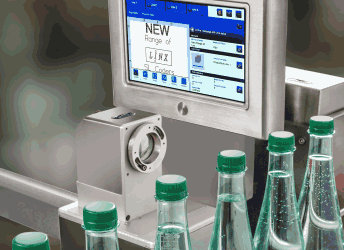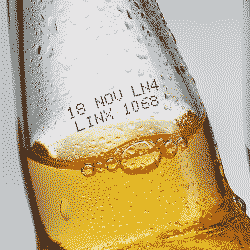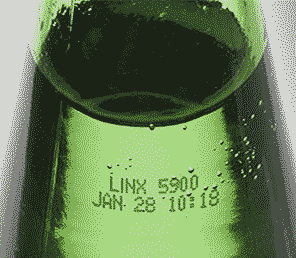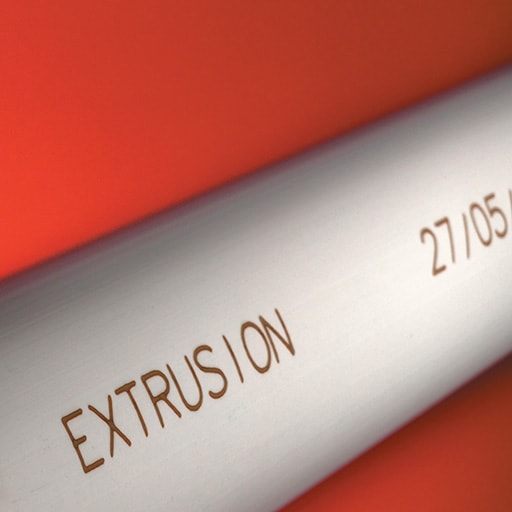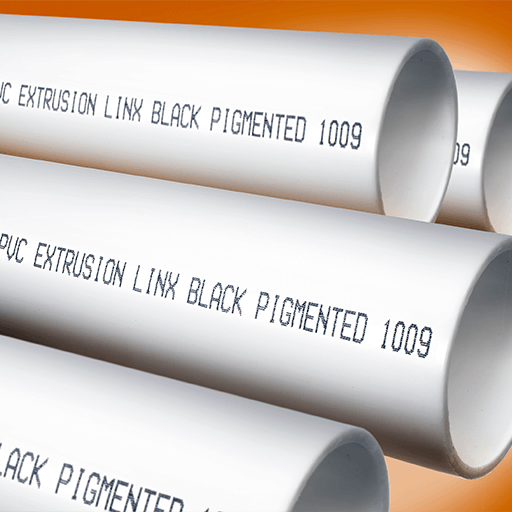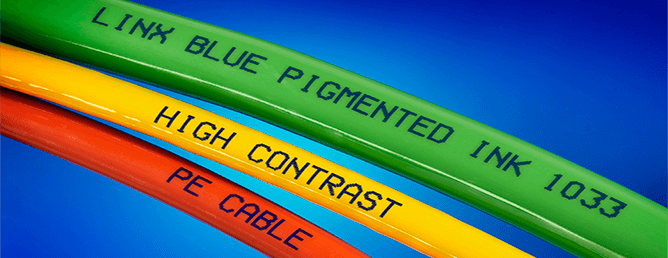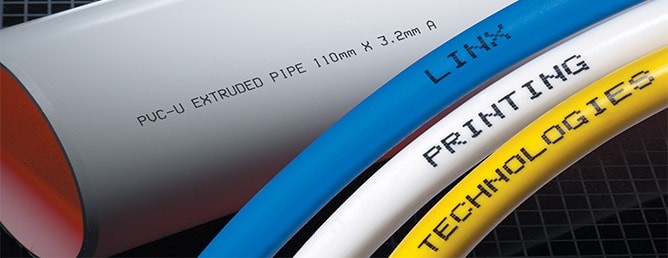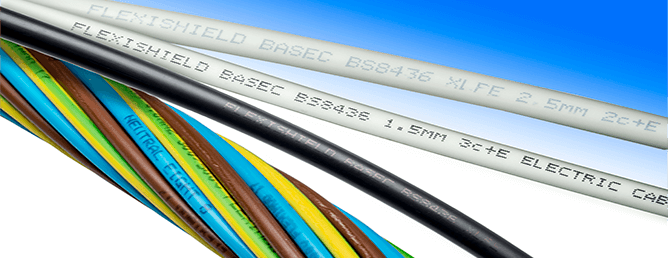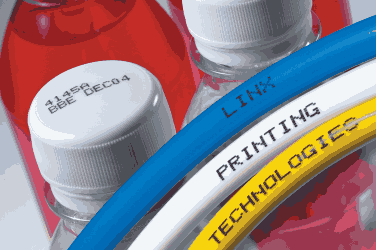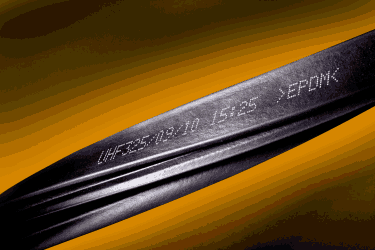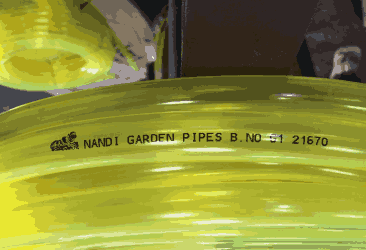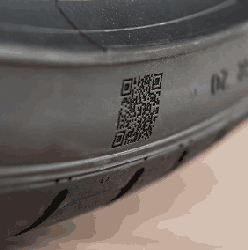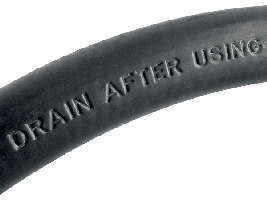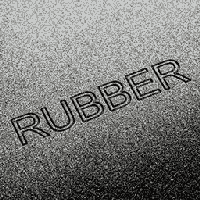What is the best printer for coding and marking on bottles?
The best printer for coding and marking on bottles depends on various factors. Such as the bottle material, production speed, required print quality, and durability. Here are some popular options for coding and marking on bottles:
- Continuous Inkjet (CIJ) Printers:
CIJ printers became popular for coding on bottles because they can print directly on moving products on a production line. They offer high-quality, durable prints and can handle curved surfaces of various bottle materials, including glass, plastic, and metal. CIJ printers are suitable for high-speed production lines. - Thermal Inkjet (TIJ) Printers:
TIJ printers use heat to eject ink droplets from nozzles onto the bottle surface. Moreover, They produce high-resolution prints and are suitable for applications requiring fine details or smaller text. TIJ printers work well on various bottle materials and can provide high-quality codes even at lower production speeds. - Laser Marking Machines:
Laser marking is a non-contact method that uses a focused laser beam to create marks on the surface of bottles. This method offers high precision, durability, and flexibility, making it ideal for marking logos, barcodes, and other intricate designs. Laser marking machines work well on both glass and plastic bottles.
Each method has advantages and limitations, so choose the one that best fits your needs and requirements.

Bottle Coding | Plastic & Glass Bottle Printing
Linx provides reliable and consistent bottle coding and marking solutions to minimize rework. Our printers and coders can easily integrate into production line systems, accommodating various line speeds. Automated date, time, code, and number series functions reduce manual interventions and avoid line downtime. We offer specialized coding solutions, such as UV visible inks and permanent laser marking, suitable for both luxury brands and anti-counterfeit product identification.
Our bottle coding printers are perfect for high volume expiration date coding or batch identification, as they can print directly onto plastic or glass bottles in almost any orientation and mark variable information, including barcodes and data matrix, and QR codes, and decrease waste and environmental impact. With profound experience in creating coding and marking equipment, we understand the unique challenges presented by printing on bottles, and our coding technologies have been specifically designed to meet them. Linx bottle coders are used across various industries, such as food, beverage, cosmetics, FMCG household products, pharmaceutical, and chemical bottling, and can help minimize production costs and improve rates.


